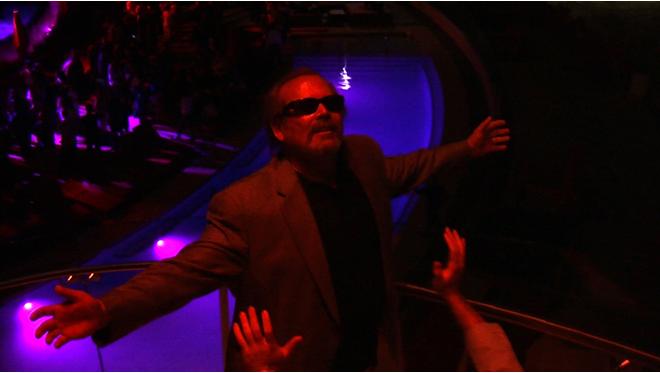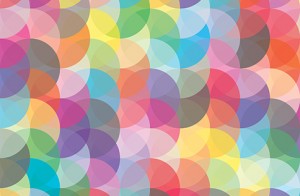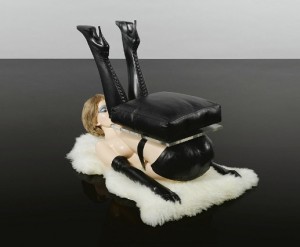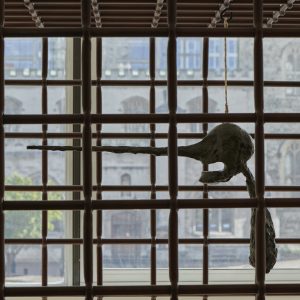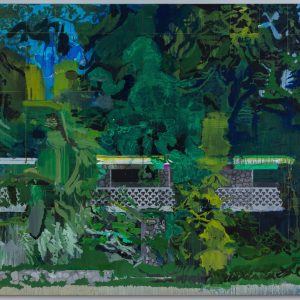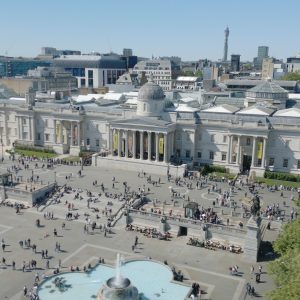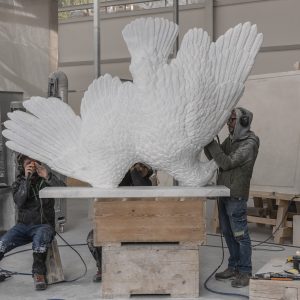
Image:Stardust 2010 Video projection with sound 20 mins
The first solo exhibition in the UK of the award-winning Belgian artist and filmmaker Nicolas Provost (b.1961) in November 2010. The exhibition will include ‘Stardust’ (2010) which was recently in competition at the Venice Film Festival in September, and which features cameos by Jon Voight, Jack Nicholson and the last recorded footage of Dennis Hopper.
The video works by Nicolas Provost are characterised by their cinematic language, used in both experimental and narrative short films. He uses the language of film to manoeuvre and influence the interpretation of images and stories. He manipulates time, codes and form, twisting and shaping new narratives and experimental sensations that tightly bind visual art and cinematography. Stardust is the second part of the trilogy where Nicolas Provost investigates the boundaries of fiction and reality by filming everyday life with a hidden high resolution camera and turning the cinematic images into a fiction film by using cinematographic and narrative codes from the Hollywood ilm language.
Image:Stardust 2010 Video projection with sound 20 mins
The first part of the trilogy was the award winning ‘Plot Point’ (2007) that was shot entirely with a hidden camera and turned everyday life around Times Square New York into a thriller film. This time Provost takes his hidden camera to Las Vegas in ‘Stardust’ and uses the glorious and ambiguous power of the gambling capital to turn everyday life into an exciting crime story. In order to do this he even filmed real Hollywood stars such as Jon Voight, Dennis Hopper and Jack Nicholson. The third part of the trilogy, which has been filmed in Tokyo, is currently in production. It follows the dark journey of a fictive serial killer, played by an actor, interacting with real people.
In ‘Storyteller’ (2010) Provost takes found stock footage of the cosmopolitan skyline, recomposing and mirroring the images to create a slick artificiality reminiscent of science fiction. With ‘Long Live the New Flesh’ (2009), he uses existing fragments from horror films which are transmogrified into a new film. Provost deploys a technique in which the images literally consume one other and the horror in all its visual power is brought to a natural boiling point. All the ingredients that have secured Provostâ??s experimental art films their international success are once again present here. Provost strips down the imagery of a mass medium, uses it to construct a new visual story beyond the dissection and horror, and allows the viewer to cross every phase of the emotional spectrum.
